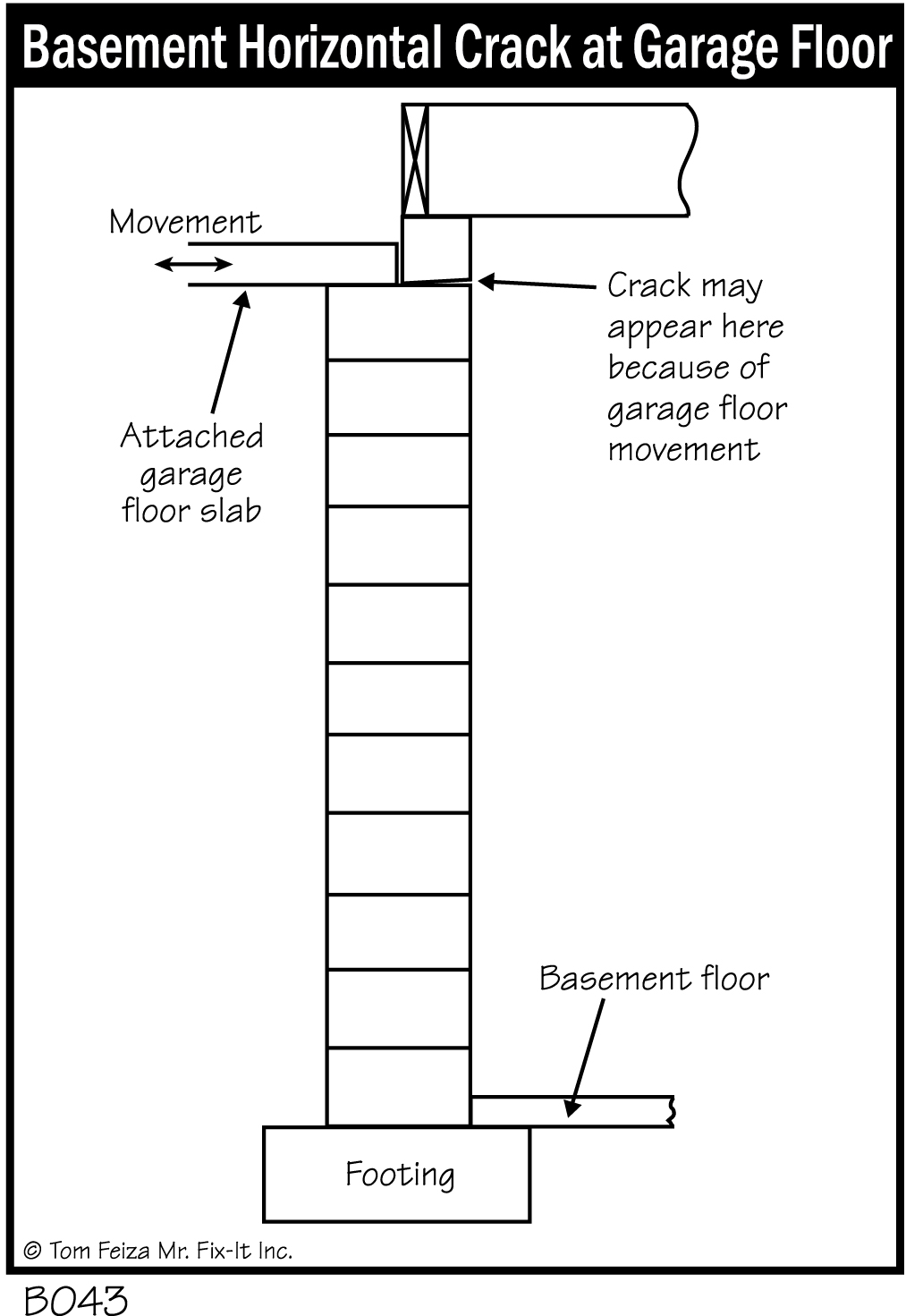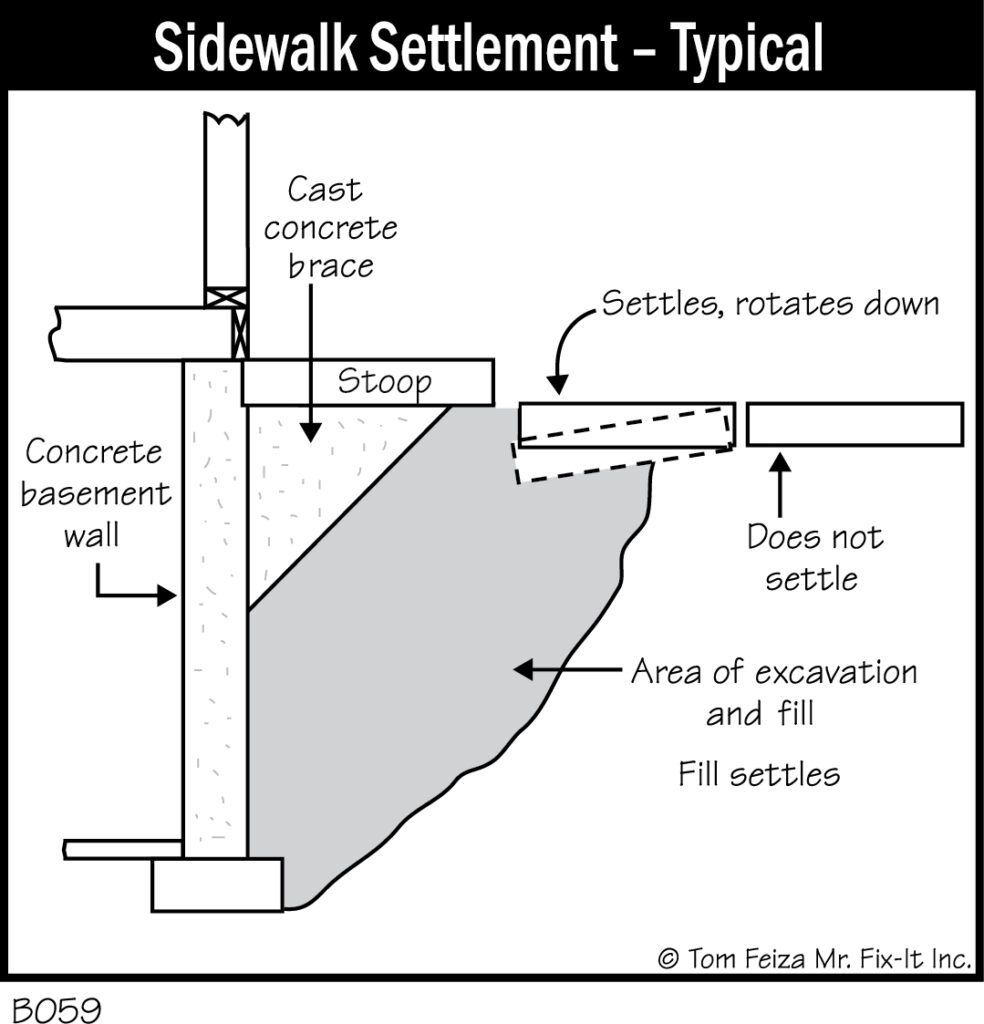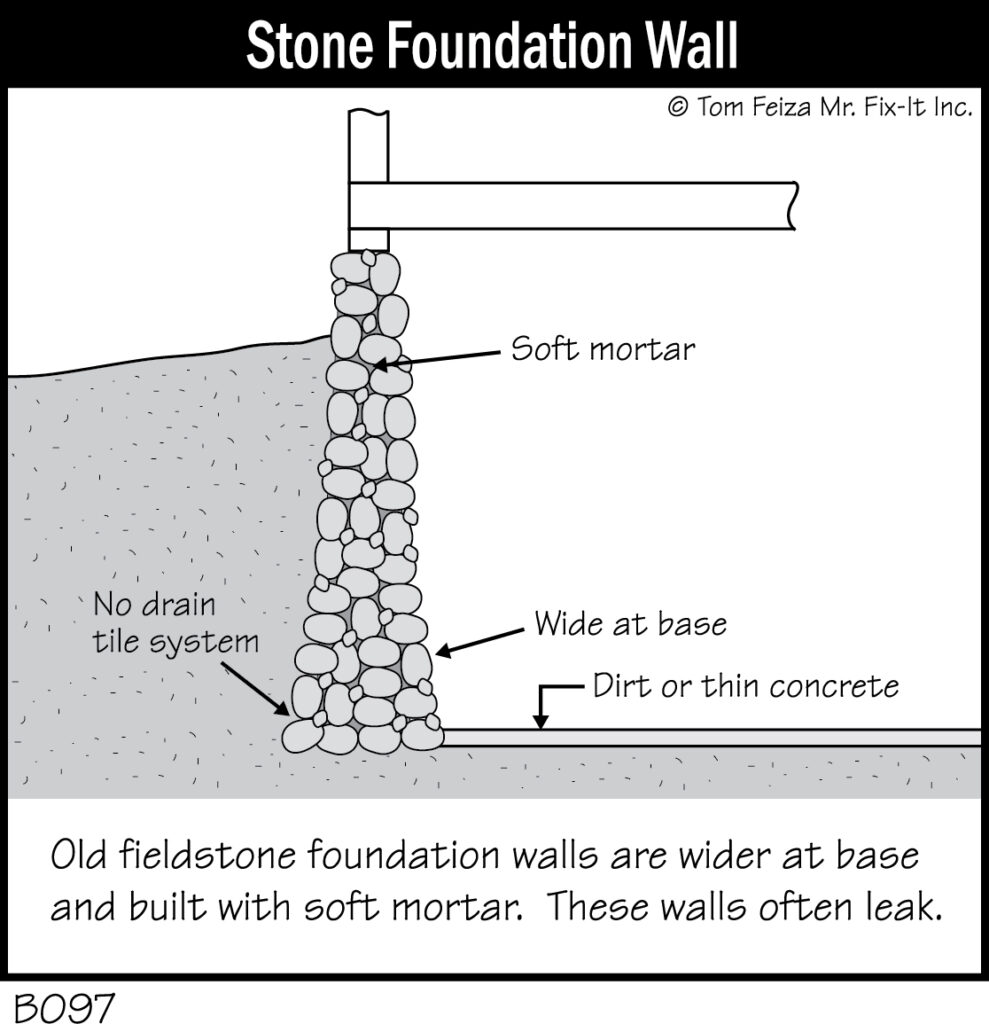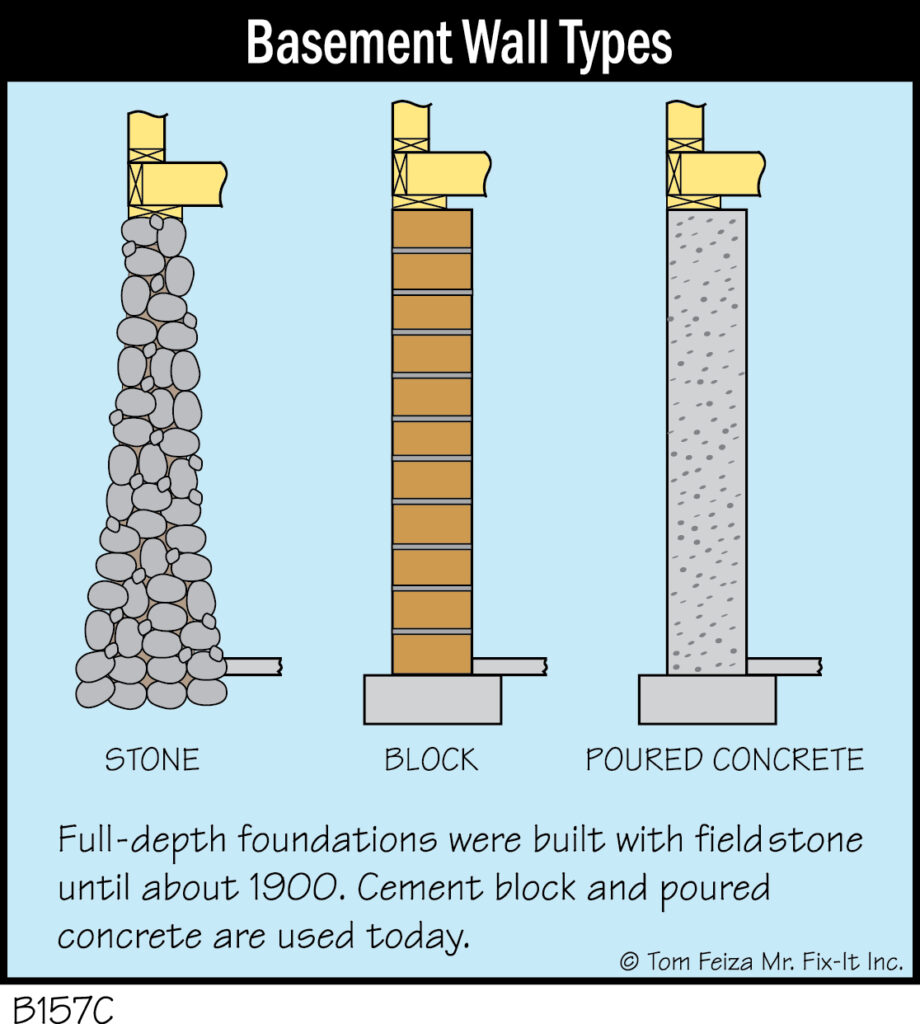All home construction must start with a firm foundation. In colder areas where frost occurs, the foundation or basement must start below the frost line. In those areas, a full- depth basement with 8-foot walls is often installed. Basement walls must be constructed to hold up the home, resist soil pressure, and keep the wood structure away from soil and moisture.

In the old days, home builders used construction materials that were readily available locally. Basement walls were constructed with fieldstone or quarried stone set in a soft lime mortar. The walls were stacked with great skill, often wider at the base and tapering toward the top. Brick was a variation.

When manufactured concrete block became available, it was faster and quicker to build a basement wall with block. Early on, some of these blocks were made with cinders, so the term cinder block was used. Concrete block or concrete masonry units are still used for foundations.

Today, many foundations are constructed of poured concrete. Pre-made forms to hold the foundation are built on site, and concrete purchased from a pre-mix concrete plant is delivered in large cement trucks. Once concrete has been poured, the forms are removed, and the wall is complete after the concrete cures.


